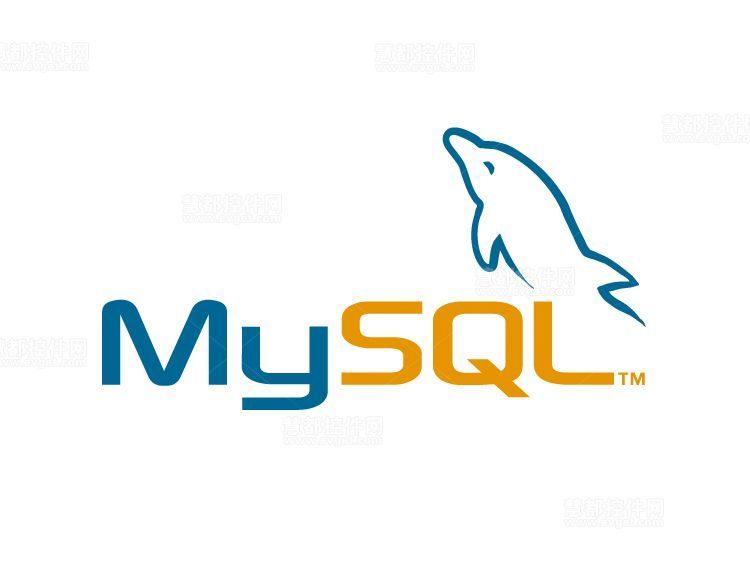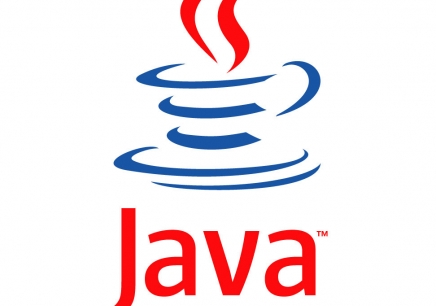Recommend 6 articles in the current thread
1. The program counter is the line number indicator of the bytecode executed by the current thread. 2. The Java virtual machine stack thread is private and has the same life cycle as the thread. Used to store information such as local variable tables, operand stacks, dynamic linked lists, method exits, etc. Local variable table storage content: basic data types (boolean, byte, char, short, int, float, long, double) object reference (different from symbol reference, symbol reference is stored in the constant pool) returnAddress type (points to a bytecode instruction The address of long and double type data with a length of 64 bits occupies 2 local variable spaces (slots), and the rest occupies 1 slot. Two exceptions: StackOverflowError: The stack depth requested by the thread > the depth allowed by the virtual machine OutOfMemoryError: Unable to apply for enough memory during dynamic expansion 3. The native method stack (Native Method Stack) is similar to the virtual machine stack, the difference is the Native Method Stack service For the Native method, the virtual machine stack service
1. Recommended articles about mysql returning the current thread

Introduction: 1. The program counter is the line number indicator of the bytecode executed by the current thread. 2. The Java virtual machine stack thread is private and has the same life cycle as the thread. Used to store information such as local variable tables, operand stacks, dynamic linked lists, method exits, etc. Local variable table storage content: basic data types (boolean, byte, char, short, int, float, long, double) object reference (different from symbol reference, symbol reference is stored in the constant pool) returnAddress type (points to a bytecode instruction Address) 64...
2. Detailed introduction to the data area
Introduction: 1. Program Counter Line number indicator of the bytecode executed by the current thread. 2. The Java virtual machine stack thread is private and has the same life cycle as the thread. Used to store information such as local variable tables, operand stacks, dynamic linked lists, method exits, etc. Local variable table storage content: basic data types (boolean, byte, char, short, int, float, long, double) object reference (different from symbol reference, symbol reference is stored in the constant pool) returnAddress type (points to a bytecode instruction Address) 64...
3. JVM Learning Java Runtime Data Area

Introduction: Program counter Line number indicator of the bytecode executed by the current thread. 2. Java virtual machine stack is thread private and has the same life cycle as the thread. Used to store information such as local variable tables, operand stacks, dynamic linked lists, method exits, etc.
4. Java Example - Get the current thread name

##Introduction: The following example demonstrates how to obtain the current thread name by inheriting the Thread class and using the getName() method:
5. atitit.springhibernate's transaction mechanism Spring cannot save the object solution
Introduction: When using Hibernate in Spring, if we configure TransactionManager, then we should not call OpenSession() of SessionFactory to obtain Sessioin. Because the Session obtained in this way is not transaction managed. The session created using getCurrentSession() will be bound to the current thread, while the session created using openSession()
6. 7.24 LOCK TABLES/UNLOCK TABLES syntax MySQL does not support transaction environment I Fuck!
##Introduction: LOCK TABLES tbl_name [AS alias] {READ | [LOW_PRIORITY] WRITE} [, tbl_name {READ | [LOW_PRIORITY] WRITE} ...]. ..UNLOCK TABLES LOCK TABLES locks tables for the current thread. UNLOCK TABLES releases any locks held by the current thread. When the thread issues another LOCK TABLES, or when the server#java - Why my @Async not working ?
c++ - Join sequence issue in multi-threading
linux - Does the event loop of aysncio in Python belong to a thread or a process?
Unsolved problems in source code analysis of join method of java thread
The above is the detailed content of Recommend 6 articles in the current thread. For more information, please follow other related articles on the PHP Chinese website!

Hot AI Tools

Undresser.AI Undress
AI-powered app for creating realistic nude photos

AI Clothes Remover
Online AI tool for removing clothes from photos.

Undress AI Tool
Undress images for free

Clothoff.io
AI clothes remover

AI Hentai Generator
Generate AI Hentai for free.

Hot Article

Hot Tools

Notepad++7.3.1
Easy-to-use and free code editor

SublimeText3 Chinese version
Chinese version, very easy to use

Zend Studio 13.0.1
Powerful PHP integrated development environment

Dreamweaver CS6
Visual web development tools

SublimeText3 Mac version
God-level code editing software (SublimeText3)

Hot Topics
 How do you alter a table in MySQL using the ALTER TABLE statement?
Mar 19, 2025 pm 03:51 PM
How do you alter a table in MySQL using the ALTER TABLE statement?
Mar 19, 2025 pm 03:51 PM
The article discusses using MySQL's ALTER TABLE statement to modify tables, including adding/dropping columns, renaming tables/columns, and changing column data types.
 How do I configure SSL/TLS encryption for MySQL connections?
Mar 18, 2025 pm 12:01 PM
How do I configure SSL/TLS encryption for MySQL connections?
Mar 18, 2025 pm 12:01 PM
Article discusses configuring SSL/TLS encryption for MySQL, including certificate generation and verification. Main issue is using self-signed certificates' security implications.[Character count: 159]
 What are some popular MySQL GUI tools (e.g., MySQL Workbench, phpMyAdmin)?
Mar 21, 2025 pm 06:28 PM
What are some popular MySQL GUI tools (e.g., MySQL Workbench, phpMyAdmin)?
Mar 21, 2025 pm 06:28 PM
Article discusses popular MySQL GUI tools like MySQL Workbench and phpMyAdmin, comparing their features and suitability for beginners and advanced users.[159 characters]
 How do you handle large datasets in MySQL?
Mar 21, 2025 pm 12:15 PM
How do you handle large datasets in MySQL?
Mar 21, 2025 pm 12:15 PM
Article discusses strategies for handling large datasets in MySQL, including partitioning, sharding, indexing, and query optimization.
 How do you drop a table in MySQL using the DROP TABLE statement?
Mar 19, 2025 pm 03:52 PM
How do you drop a table in MySQL using the DROP TABLE statement?
Mar 19, 2025 pm 03:52 PM
The article discusses dropping tables in MySQL using the DROP TABLE statement, emphasizing precautions and risks. It highlights that the action is irreversible without backups, detailing recovery methods and potential production environment hazards.
 How do you create indexes on JSON columns?
Mar 21, 2025 pm 12:13 PM
How do you create indexes on JSON columns?
Mar 21, 2025 pm 12:13 PM
The article discusses creating indexes on JSON columns in various databases like PostgreSQL, MySQL, and MongoDB to enhance query performance. It explains the syntax and benefits of indexing specific JSON paths, and lists supported database systems.
 How do I secure MySQL against common vulnerabilities (SQL injection, brute-force attacks)?
Mar 18, 2025 pm 12:00 PM
How do I secure MySQL against common vulnerabilities (SQL injection, brute-force attacks)?
Mar 18, 2025 pm 12:00 PM
Article discusses securing MySQL against SQL injection and brute-force attacks using prepared statements, input validation, and strong password policies.(159 characters)
 How do you represent relationships using foreign keys?
Mar 19, 2025 pm 03:48 PM
How do you represent relationships using foreign keys?
Mar 19, 2025 pm 03:48 PM
Article discusses using foreign keys to represent relationships in databases, focusing on best practices, data integrity, and common pitfalls to avoid.






